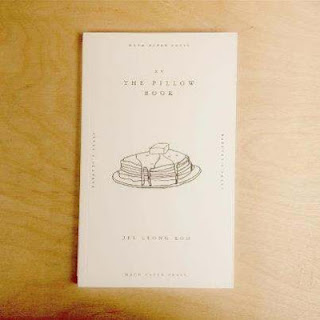Poetry-Art-Art-Poetry
Christopher Ricks gave a brilliant reading of Hardy's poem "Wives in the Sere" at the ALSCW-sponsored panel at Poets House on Friday. He defended Hardy's rhymes from the criticism of John Crowe Ransom and showed how the two atypical rhymes in the poem "unknows" and "muser" carry the burden of significance. After the talk, EN and I walked from Battery Park City to the West Village and had dinner at the Irish pub Dublin. S and R came to stay with us last night. In the afternoon they went by themselves to the Cloisters. Then we went with them to the Met, to the rooftop to see Cloud City, and the real city sparkling in the blue night. We whizzed through the Andy Warhol show. I looked only at his works and not at the work of his imitators and followers. I was resistant at the beginning, but at the end his work was so clearly superior to others around it. A consistent insoucience that dared to laugh at all the pretensions of serious art, its power was ...
